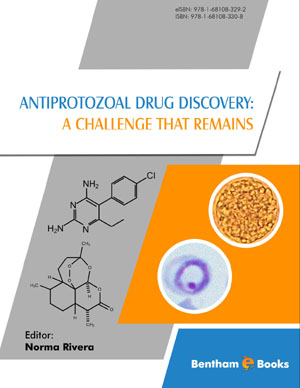Abstract
Silk sericin is a glycoprotein which surrounds and keeps two fibroin filaments together. It is produced in the middle silk gland during the fifth instar of the larval stage of the silkworm. During the process of degumming, sericin is removed from the silk cocoon. This waste sericin has been discovered to have a wide variety of applications as antioxidant, antityrosinase, wound healing, anti-wrinkle agents, etc. Sericin from various silk cocoons was also found to have antimicrobial activity against several fungal and bacterial pathogens. Sericin with antimicrobial activities can be used in various applications such as in the preparation of wound healing gels, and the treatment of fabrics for medicinal purposes. A particular study showed the application of sericin as a coating material on polyester or polyamide fibres, to be used as media for air filters. It reduces the free radicals in the filter media and contamination of fungi and bacteria, thus helping in purifying the polluted air. Hence, the biodegradable and biocompatible nature of silk protein sericin makes it a potentially promising substitute of various antibiotics and certain other harmful antimicrobial agents that we use in our daily life.
Keywords: Antibacterial, Antifungal, Antimicrobial, Silk, Sericin.






















